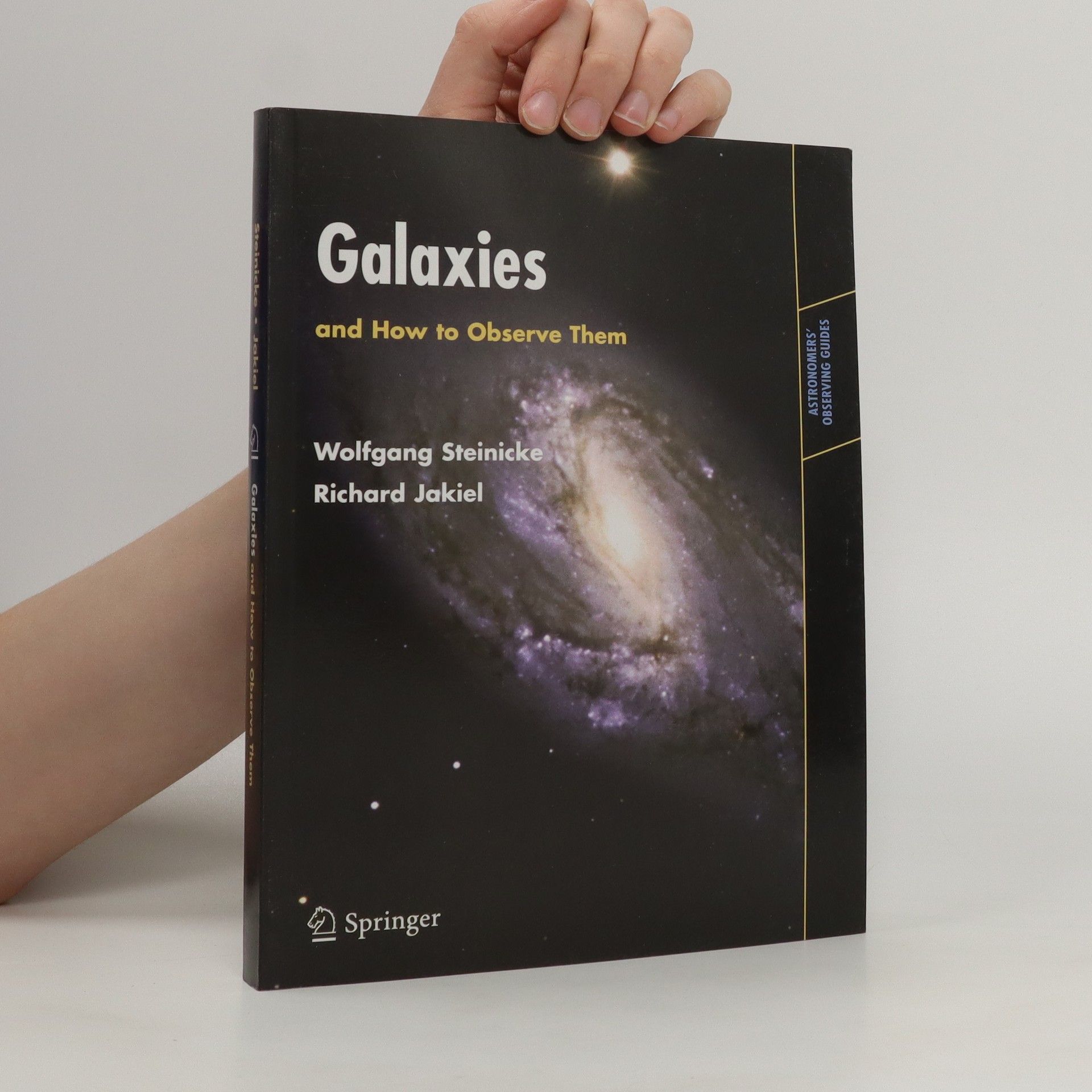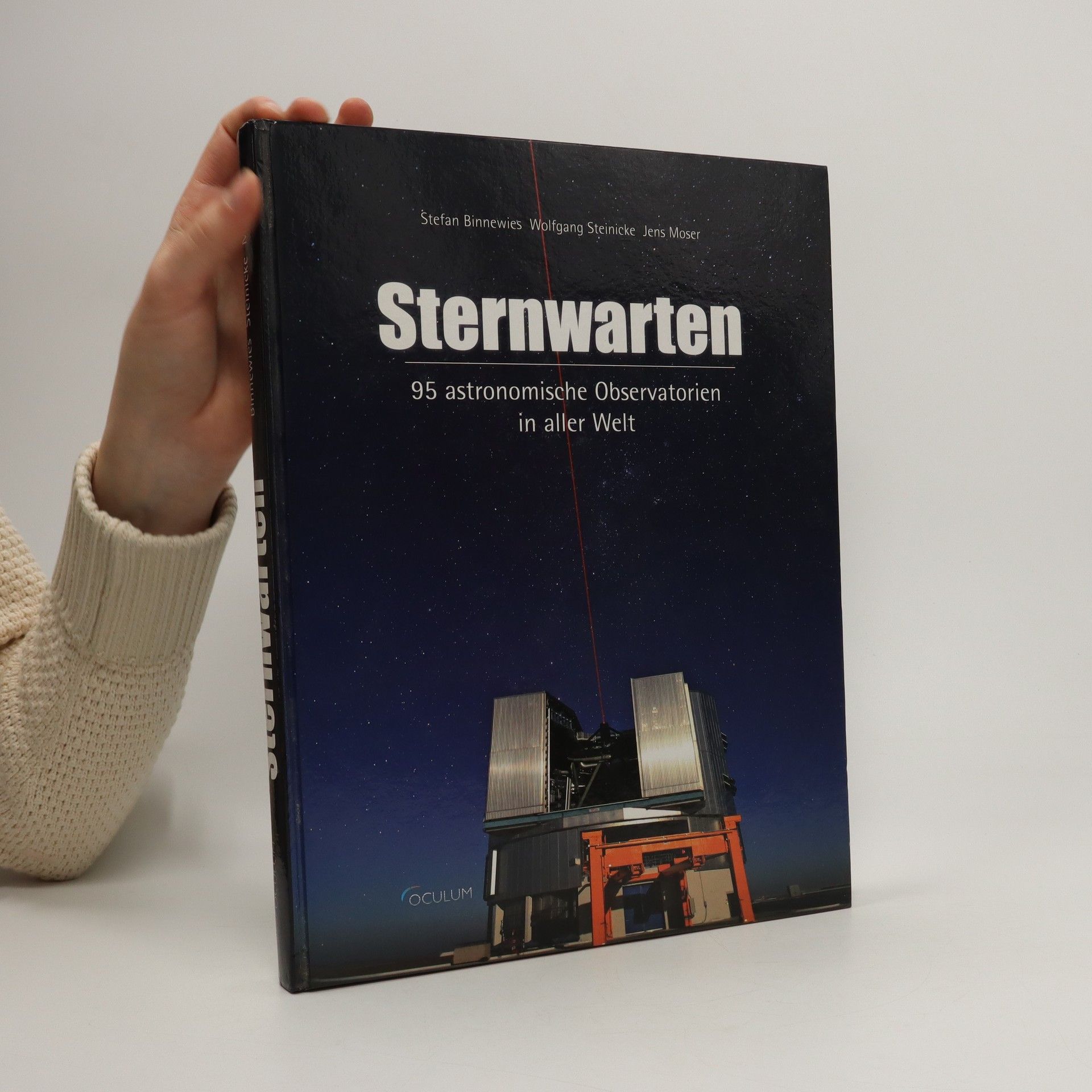Galaxies and How to Observe Them
- 246pages
- 9 heures de lecture
This book is a unique work satisfying the need for a modern, comprehensive review of all major aspects of galaxy observation. The book combines the physical background on the nature and data of galaxies, the relevant instrumentation and viewing techniques, and finally the targets and their individual appearance in telescopes of various apertures. A comprehensive sample of galaxies, including quasars, groups and clusters of galaxies is presented. This combination of theoretical knowledge and practical information guarantees successful observing sessions. Furthermore, the book is clearly structured with outstanding images and graphics.


